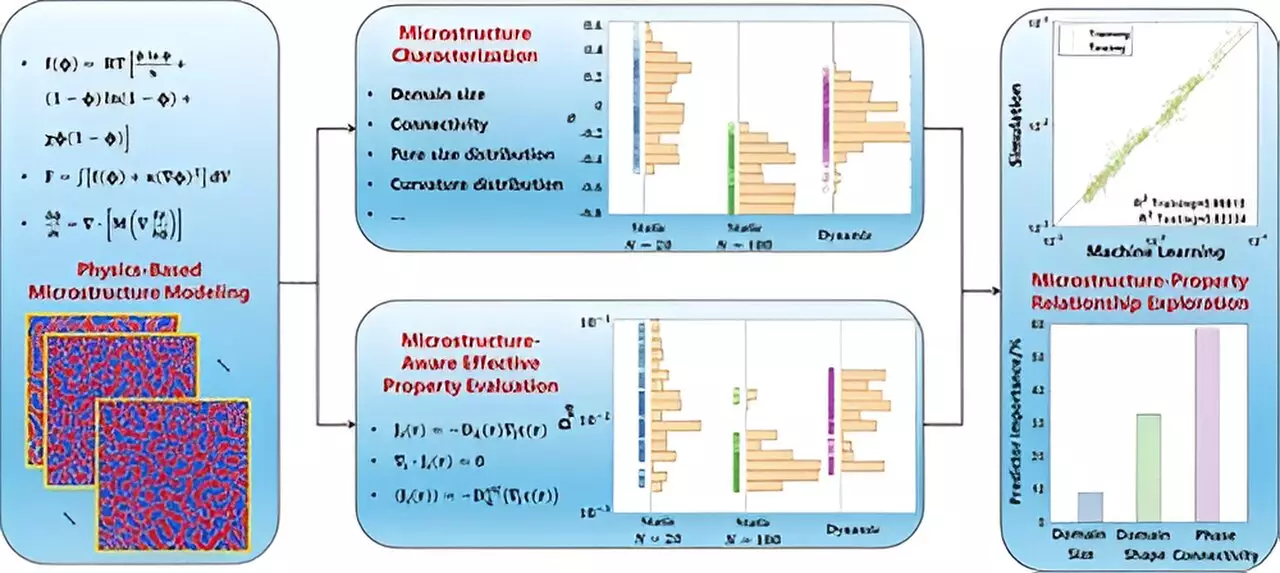In the realm of materials science, the relationship between a material’s microstructure and its resulting properties is of paramount importance. The microstructural features, such as grain size, pore distribution, and domain arrangement, can dramatically influence mechanical strength, thermal stability, and transport characteristics. As innovations in structural and functional materials accelerate, researchers face the intricate challenge of decoding how these microstructural elements interact with each other and affect overall material performance.
In an effort to streamline this complex analysis, scientists at the Lawrence Livermore National Laboratory (LLNL) have unveiled an innovative computational framework designed to evaluate the implications of porous microstructures. This sophisticated approach integrates multiple methodologies, including physics-based modeling, microstructure feature extraction, effective property evaluation, and machine learning. Longsheng Feng, the lead researcher, emphasized that this framework stands to significantly enhance our understanding of how molecules interact and form microstructures, which, in turn, affects material performance.
Feng and his team targeted polymer-based porous materials as a primary application for this framework. By analyzing varied polymerization dynamics, they were able to identify critical microstructure features such as domain size and pore size distribution. These characteristics, in turn, are linked to crucial transport properties, which are essential for applications ranging from filtration membranes to insulation materials. This comprehensive investigation not only sheds light on the formation mechanisms at play but also provides valuable insights into how to manipulate these features for optimal performance.
The implications of this research extend beyond mere academic inquiry; they offer tangible pathways for the advancement of material design. Co-author Tae Wook Heo pointed out the dual goals of the framework: elucidating microstructure formation while simultaneously linking specific features to relevant properties. This directed approach enables researchers to tailor processing methods to yield polymers that meet specific performance criteria for various applications.
Ultimately, the integrated framework developed by LLNL adds a powerful tool to the arsenal of material scientists. It not only enhances our theoretical understanding of microstructure-property relationships but also facilitates practical advancements in material design. As Juergen Biener noted, the ability to customize microstructural features could revolutionize the production of polymeric porous materials, creating a wide array of applications such as efficient membranes for filtration or lightweight materials for structural use. Together, these efforts mark a significant leap toward the development of next-generation materials poised to meet future challenges in various industries.

